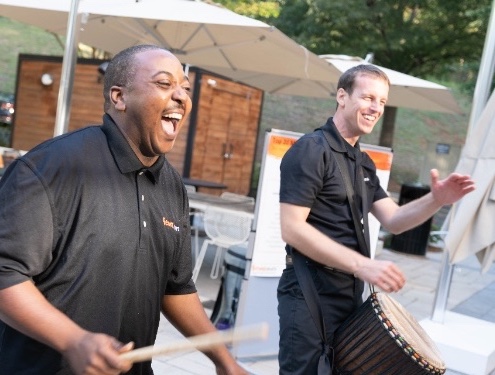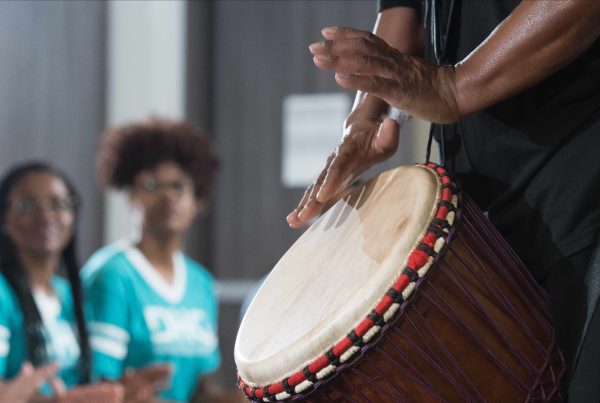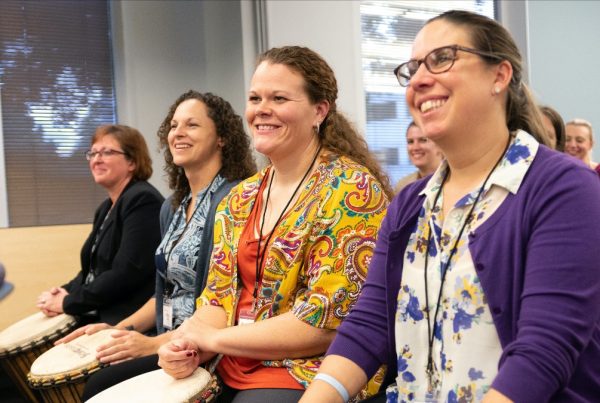Ever notice how much you notice when things don’t go as expected? Now notice how little you notice when things do go as you expected. To quote Howard Jacobson in his article Gratitude as a Business Strategy, “Most of us are fantastic complainers. There’s nothing wrong with expecting excellence and taking steps to get it. The problem is, we tend to take excellence–and thoughtfulness, and kindness, and joyfulness–for granted.” So what about gratitude as a leadership practice?
Here are my top picks for the power of gratitude in leadership…
Driving Performance
If someone on your team delivers excellence, thanking them reinforces that behavior and makes it more likely you will see the same behavior in the future. As Oprah says, “Be thankful for what you have; you’ll end up having more.” Being grateful for excellent performance attracts more excellent performance.
______________________________
“Be thankful for what you have; you’ll end up having more.” – Oprah
______________________________
Leadership Effectiveness
By now many leaders in the professional world understand that leading by influence is a very effective practice. One component of influence is a leader’s “likeability” and charisma. The people we like the most are often those who readily show their appreciation and gratitude for us. Gratitude adds to our charisma as leaders, which directly affects our effectiveness.
The Selfish Side of Gratitude
Then there’s the selfish side of gratitude. Gratitude feels great! The moments we are bathed in gratitude – say for a beautiful sunset, or an unexpected act of kindness – we feel good! Also, gratitude can get you connected. Who are you more likely to recommend for a job or promotion; someone who is a jerk, or someone with an attitude of gratitude? And while we’re talking about the selfish side of gratitude … gratitude can make you more money! Your clients and customers are more likely to come back when you show genuine gratitude.
Now, how can you express gratitude in your leadership?
Contact us to discuss how you can use experiential learning through rhythm, music and drumming for your next leadership development training.




